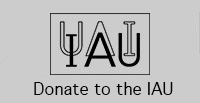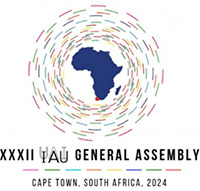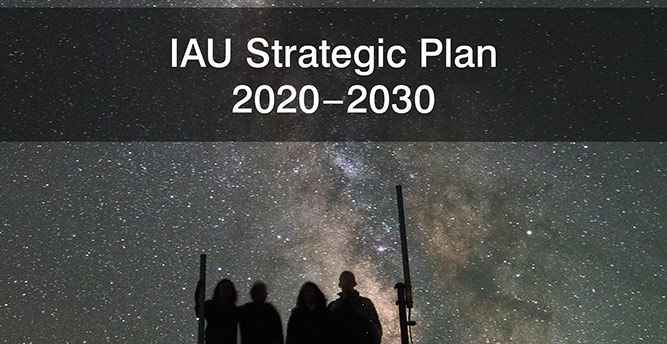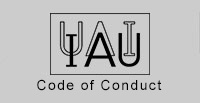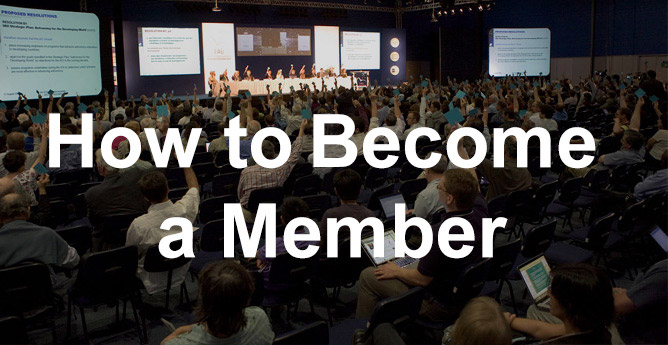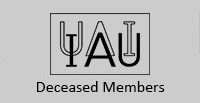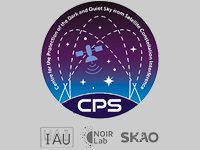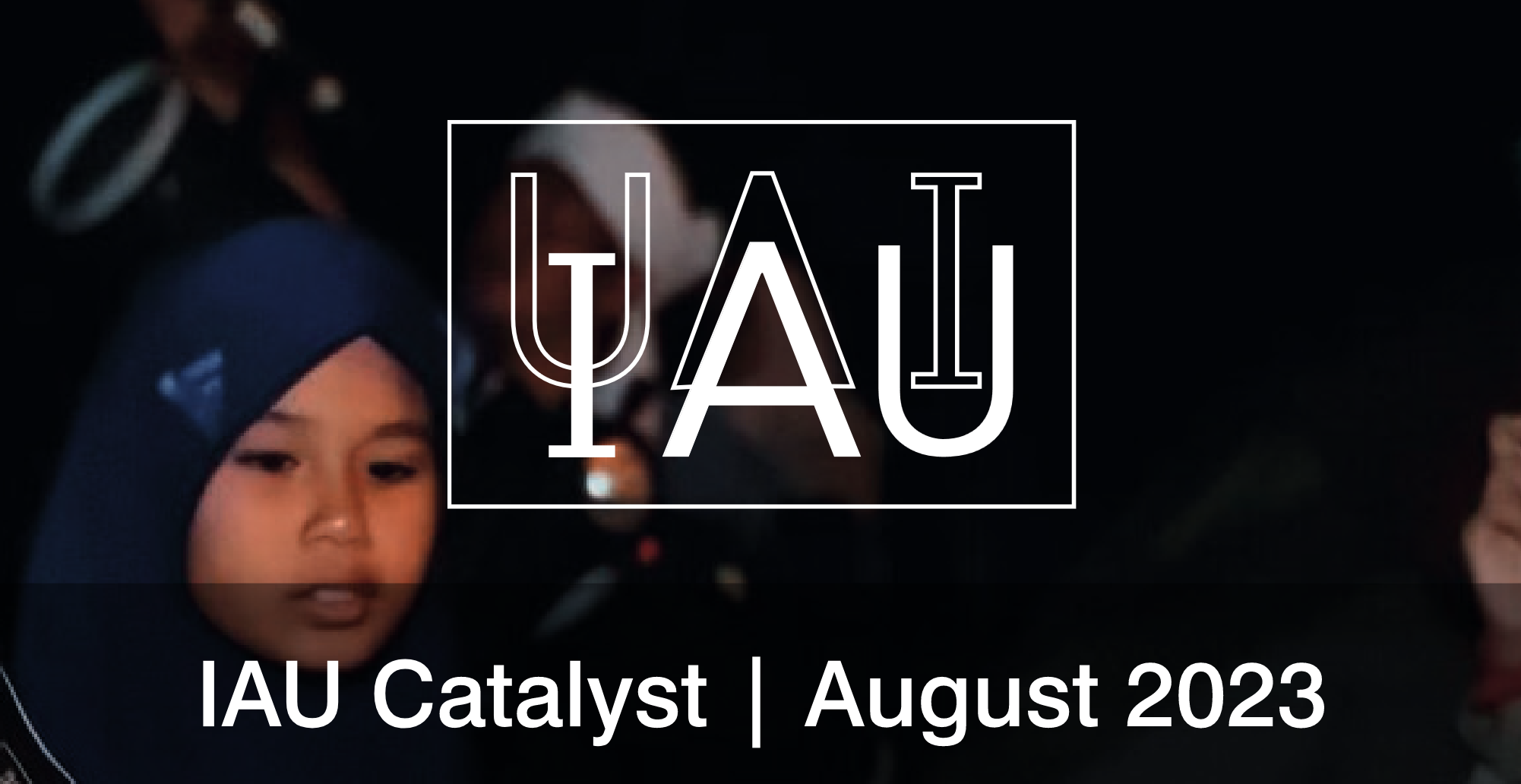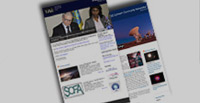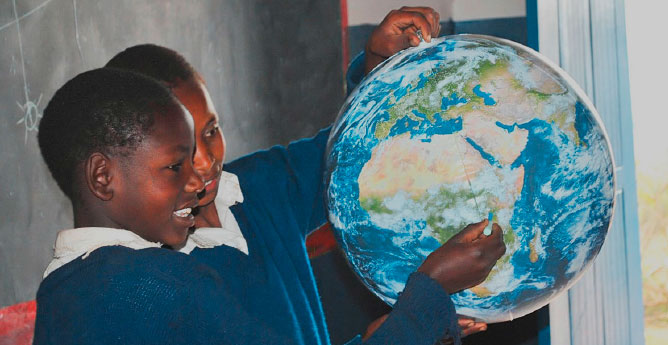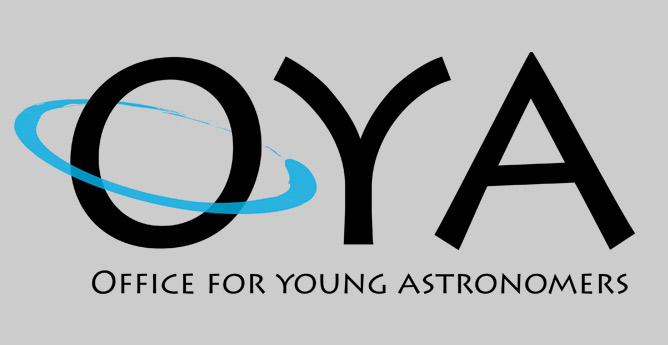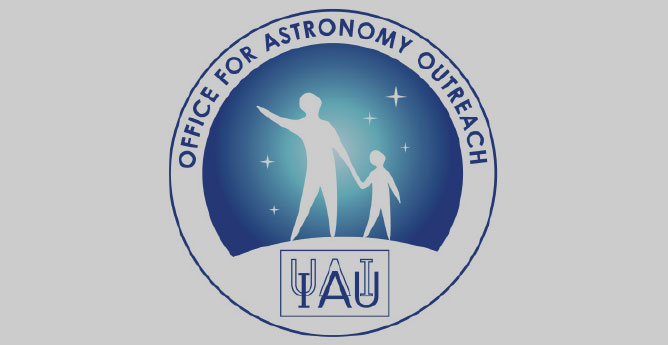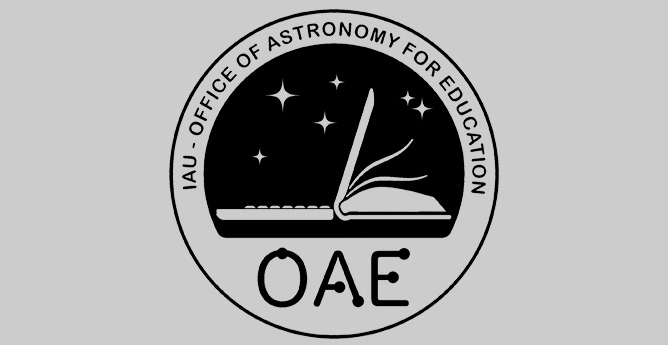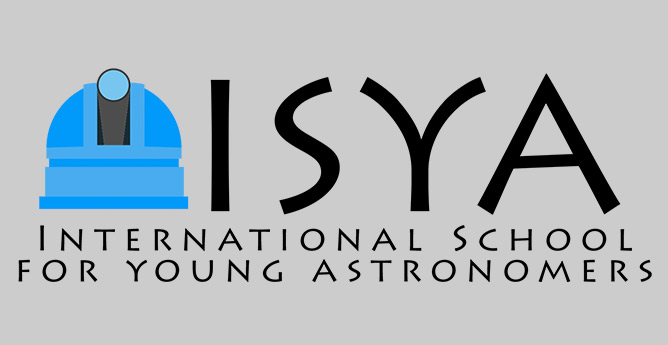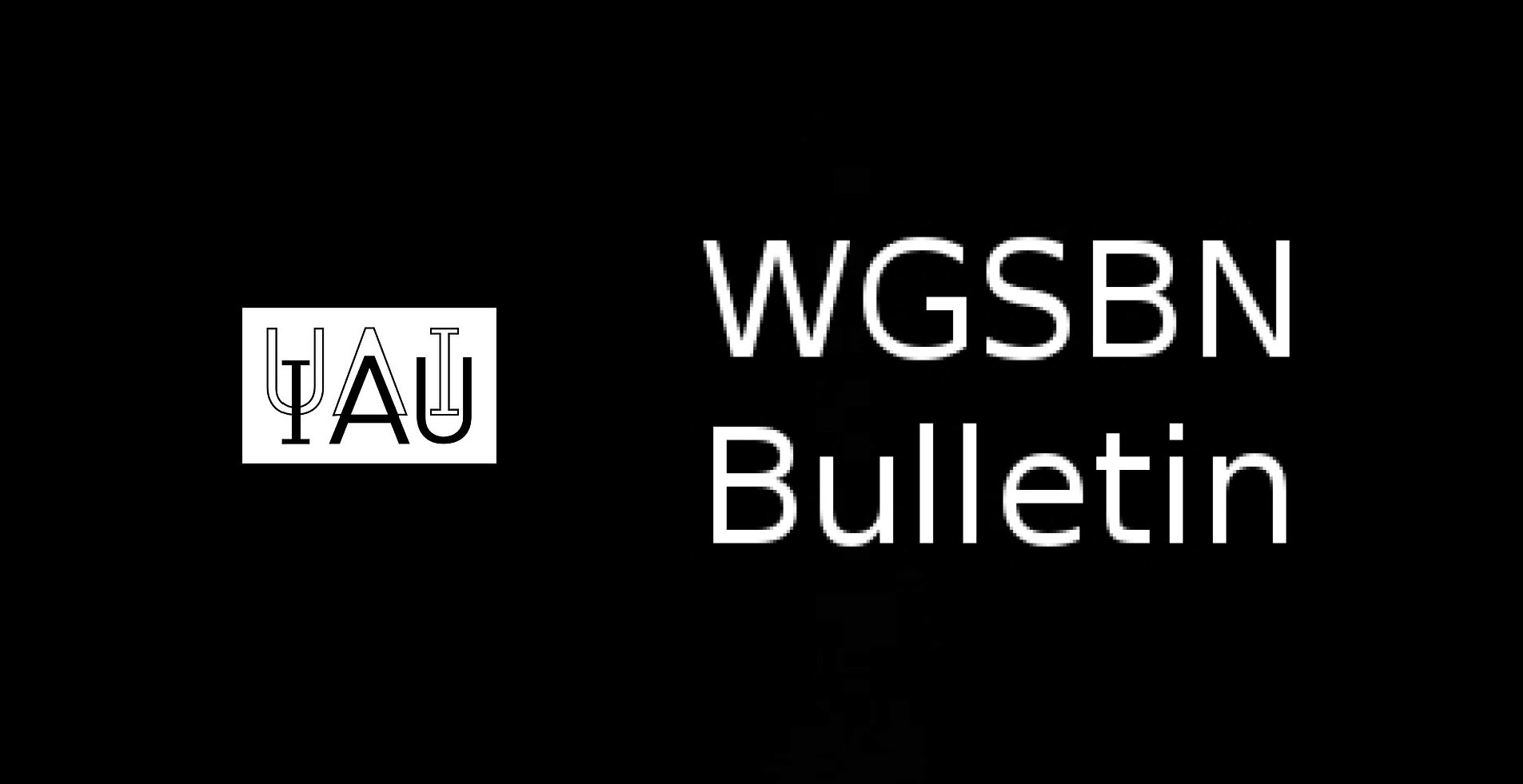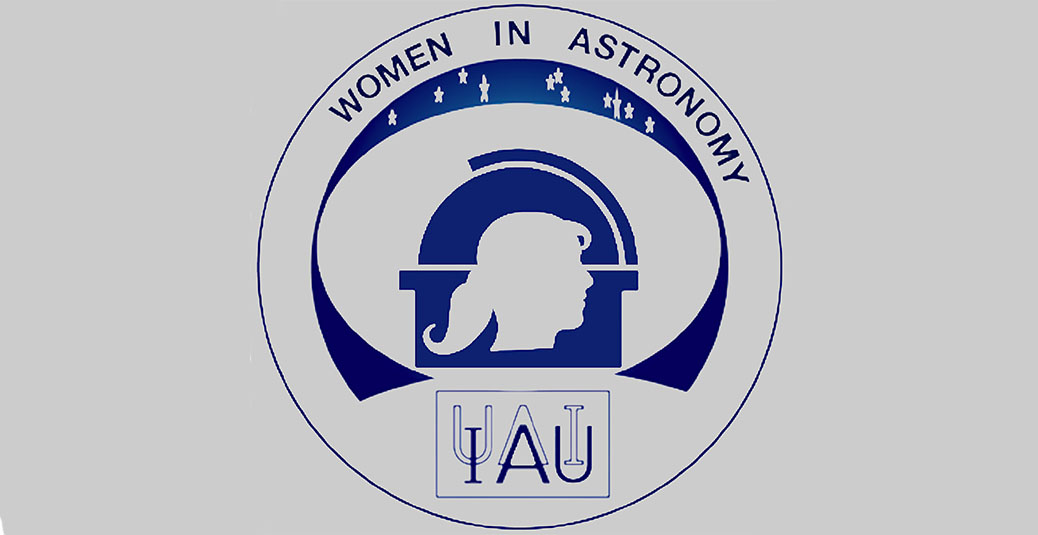- News
- Science
- Scientific Bodies
- Divisions
- Commissions
- Commission A1 Structure
- Commission A2 Structure
- Commission A3 Structure
- Commission A4 Structure
- Commission B1 Structure
- Commission B2 Structure
- Commission B3 Structure
- Commission B4 Structure
- Commission B5 Structure
- Commission B6 Structure
- Commission B7 Structure
- Commission C1 Structure
- Commission C2 Structure
- Commission C3 Structure
- Commission C4 Structure
- Commission C5 Structure
- Commission D1 Structure
- Commission E1 Structure
- Commission E2 Structure
- Commission E3 Structure
- Commission E4 Structure
- Commission F1 Structure
- Commission F2 Structure
- Commission F3 Structure
- Commission F4 Structure
- Commission G1 Structure
- Commission G2 Structure
- Commission G3 Structure
- Commission G4 Structure
- Commission G5 Structure
- Commission H1 Structure
- Commission H2 Structure
- Commission H3 Structure
- Commission H4 Structure
- Commission J1 Structure
- Commission J2 Structure
- Commission J3 Structure
- Commission X1 Structure
- Commission X2 Structure
- Past Commission Organising Committees
- Working Groups
- Centres
- Scientific Meetings
- Rules & Guidelines
- General Assemblies
- Meeting Proposals
- Future IAU Meetings
- General Assemblies
- EC Meetings
- Officers' Meetings
- Regional Meetings
- Symposia
- Focus Meetings
- Institutional Meetings
- IAU Offices Meetings
- IAU-Sponsored Meetings
- Letters of Intent submitted for 2024
- Letters of Intent submitted for 2023
- Letters of Intent submitted for 2022
- Letters of Intent submitted for 2021
- Letters of Intent submitted for 2020
- Past IAU Meetings
- Templates
- Other Meetings
- Grants & Prizes
- Scientific Bodies
- Publications
- IAU Publications
- IAU Strategic Plan
- Symposia
- WGSBN Bulletins
- Regional Meetings
- Information Bulletins/Catalyst
- E-Newsletters
- Focus Meetings
- Transactions A
- Transactions B
- Related Publications
- GA Newspapers
- CAPjournal
- IAU Books
- Brochures
- IAU Offices
- WG Reports
- Commission Reports
- Division Reports
- Past IAU Publications
- Rules, Guidelines and Instructions for Proceedings
- Publishers
- IAU Publications
- Administration
- About the IAU
- Statutes & Rules
- IAU Policies
- IAU Executive Bodies
- IAU Secretariat
- Resolutions
- Members Administration
- Administrative Dates & Deadlines
- International Organisations Relations
- Donate to the IAU
- Training in Astronomy
- Astronomy for Education
- Astronomy for Development
- Astronomy for the Public
- Office for Astronomy Outreach
- FAQ
- Themes
- Satellite Constellations
- Astronomy in Everyday Life
- How to Report a Discovery
- Careers in Astronomy
- Defining our Place in the Cosmos
- The Constellations
- Light Pollution
- Measuring the Universe
- Near Earth Objects
- How to Participate in Astronomy Research
- Naming of Astronomical Objects
- Naming of Exoplanets
- Buying Star Names
- Naming Stars
- Pluto and the Solar System
- IAU Member Statistics
- Our Moon: the Moon
- Meteors & Meteorites: The IAU Definitions of Meteor Terms
- UNESCO-IAU Portal to the Heritage of Astronomy
- Social Media
- Past Events
- Call for Online Resources
- Astronomy@Home Awards
- Contact
Date sent: 3 December 2018, 15:51
From: David Soderblom (drs@stsci.edu)
Subject: IAU Division G newsletter for fall 2018 V2
We send our deepest apologies for the accidental use of the wrong gender pronoun in our previous newsletter. Please refer to the following corrected newsletter for important messages from your Division G colleagues.
IAU Division G, Stars and Stellar Physics, Quarterly Newsletter
What is this?
As president of IAU’s Division G, I intend to send division members a brief e-mail regularly with relevant IAU news. Your comments are welcome.
Nominate an outstanding student for an IAU PhD prize
Two years ago the IAU started a new effort to recognize outstanding PhD theses. Each IAU division can name one recipient of the PhD prize every year. In addition to the recognition, winners receive travel support to attend the next General Assembly. Division G in the past has received many truly excellent applications, making the final decision difficult. IAU members should, however, make sure their PhD students know about this opportunity so they can apply. Watch for an announcement from the IAU.
Join the IAU as a Junior Member
The IAU just this year approved the new membership category of Junior Member. Junior membership is for individuals who are within 6 years of completing their PhDs. Junior membership is temporary and expires after 6 years; a Junior Member is expected to apply for Individual Membership within that time.
Applications will be due December 31, 2018. Please bring this opportunity to the attention of recent PhDs! More information is at: https://www.iau.org/news/announcements/detail/ann18047/
IAU news
IAU100 celebrates the union’s centennial. As part of that there will be a day devoted to women and girls in astronomy. Learn more at: https://www.iau-100.org/women-and-girls-in-astronomy-day.
I regret to have to pass on sad news about the passing of two Division G members: Zbigniew Kolaczkowski (deceased 2018-09-22) and John Graham (deceased 2018-09-13). See https://www.iau.org/administration/membership/individual/18209/ and https://www.iau.org/administration/membership/individual/1844/.
News for stellar astronomers
- The astronomical community has accumulated a significant amount of historical records of observations of the Sun, stars and other astronomical objects. Those records contain irreplaceable information about long-term evolutionary and non-evolutionary changes in our Universe, and clearly need to be preserved so that researchers can access and exploit them. As a first step in that process, we are creating an inventory of historical data which members of the astronomical community consider to be worthy of preservation. Most such records are analogue ones (plates, film, paper, books) but can include primitive magnetic tapes (e.g., those lacking recognizable formatting) or other early digital data. We solicit input from the community as to which data exist that you feel merit consideration for preservation, the current state of those data (e.g., digitized or not) or of any associated metadata, and their current location. You can provide your input via this web form: https://goo.gl/forms/lphoIfquXRtvSfrm2. Please share this invitation with colleagues who may be able to contribute to our inventory and who for whatever reason may not receive it through the IAU mailing. For more information, contact Alexei Pevtsov (apevtsov@nso.edu).
- HST will devote 600-1000 orbits of Director's Discretionary time to a Hubble Ultraviolet Legacy Initiative focused on star formation and associated stellar astrophysics. A Working Group has been constituted to engage with the scientific community and make recommendations to the Director on the form of the eventual program. As part of that process, the Working Group is soliciting input from the community via a short survey: https://www.surveymonkey.com/r/Z8YPG5X. Please provide responses by December 7, 2018. The UV Legacy Working Group is chaired by Sally Oey (U. Michigan), with members Nate Bastian (Liverpool), Paul Crowther (Sheffield), Andrew Fox (STScI), Jay Gallagher (Wisconsin), Ana Gomez de Castro (Madrid), Claus Leitherer (STScI), Christy Tremonti (Wisconsin). See also https://outerspace.stsci.edu/display/HPR/HST+UltraViolet+Legacy+DD+Initiative+for+Star+Formation+and+related+Stellar+Astrophysics.
- Appropriate scientific or review papers are invited for a special topical issue of Advances in Space Research (ASR) entitled “Nova Eruptions, Cataclysmic Variables and related systems: Observational vs. theoretical challenges in the 2020 era.” This special issue is open to all scientists and collaborations. Papers must be submitted electronically to http://ees.elsevier.com/asr. Authors must select “Special Issue:- Novae, CVs & Related Sys” when they reach the "Article Type” step in the submission process which starts after December 1, 2018. Prof. Dr. Şölen Balman (solen.balman@gmail.com) is the Guest Editor for this special issue. Questions can be directed to Prof. Balman (her) or to the Co-Editor for Special Issues, Dr. Peggy Ann Shea (sssrc@msn.com).
- Werner Weiss in Vienna has organized a conference on “Stars and their Variability - Observed from Space”: http://starsandspace.univie.ac.at. The motivation is to convene top scientists and to discuss open issues in stellar modeling due to discrepancies between theory and related aspects of observations from space, including the physics needed to describe their structure (convection, rotation, magnetic fields, etc.) and evolution (from genesis to end of life), considering the interaction with their environment (winds out and in, outbursts, magnetic fields, etc.), and being member of ensembles (from binaries to galaxies).
- Dr. C. Popescu (CPopescu@uclan.ac.uk), on behalf of the Inter-Division Commission J1 (The spectral energy distributions of galaxies), wants to encourage Division G members to join Commission J1 (by contacting her). More information on J1 can be found at: https://www.iau.org/science/scientific_bodies/commissions/J1/. Please also contact her if you are involved in an IAU symposium proposal that is of relevance.
David Soderblom
U.S. National Committee for the IAU
President, Division G, Stars and Stellar Physics
Chair, IAU Membership Committee
Space Telescope Science Institute, Baltimore MD USA
drs@stsci.edu
